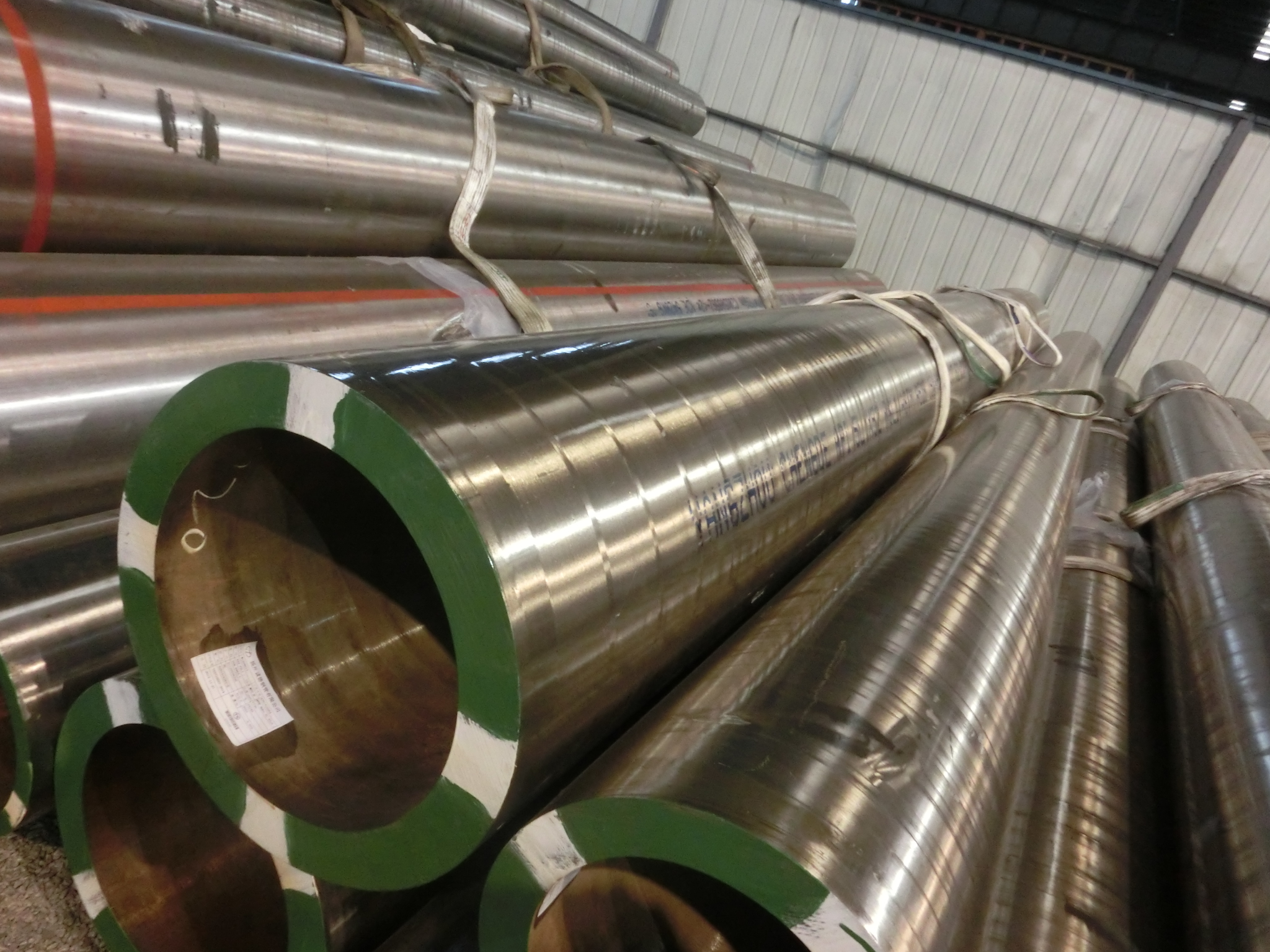Summer peppers are mainly caused by stem-based rot, blight, root rot, heat and rain. Some are caused by high temperature and rain in summer, drought, etc., should first determine the cause of the death of the pepper, and then symptomatic treatment.
Â
Capsicum blight: The performance is that the plant grows slowly during the flowering period, and the lower leaves turn yellow and gradually develop upward. At noon, the leaves were wilting and recovered at night. After repeated days, the whole plant died of wilting. Sometimes half of the disease occurs, and half of the plants are healthy. When the disease develops rapidly, the whole plant is wilting. The epidermis of the stem of the diseased plant has multiple longitudinal fissures, yellow-brown streaks at the nodes and internodes, and rosin-like gums often flow out. When wet, it grows white and pink mildew. It can be seen that the vascular bundle and the roots turn yellowish brown and rot, and it is easy to pull up from the soil. Crossing the diseased stem, the vascular bundle was brown.
Â
Capsicum root rot: In the onset period, the lesions on the stems of the near-ground are water-stained, slightly sunken, and then rotted, and the main lateral roots are all rotted and died. The disease is only harmful to the roots and does not develop upwards.
Â
Pepper stem rot: performance begins with a large seedling and occurs severely after colonization. The lesion appeared at the base of the stem near the ground, initially dark brown, and then developed around the base of the stem, causing the cortex to rot, and the upper part of the leaf turned yellow. During the fruit expansion period, it gradually disappeared due to insufficient supply of nutrients and water. External causes: Due to continuous cropping, the bacteria in the soil accumulate too much, and the ground temperature is too high.
Â
Another factor that causes seriousness is that the seedling age is getting bigger and bigger when planting, and the overgrown ground is not noticed when planting, and the plant shakes badly, which is easy to cause wounds at the base of the stem. Plus the cover of the mulch, the shelves, the introduction of vines and other management, resulting in more wounds, causing dead trees.
Â
All of the above three diseases are infected by fungi, which can survive for many years in the soil and occur severely in continuous cropping.
Â
Control method:
Â
   1. Rotation and rotation of non-solanthous fruit crops for 3 to 5 years. The seedbed should be exchanged for 2 to 3 years, or replaced with new soil.
Â
   2 , seed seedlings should be sterilized before germination, commonly used methods are: warm soup soaking; dry heat treatment, dry seeds in a constant temperature of 70 ° C ~ 75 ° C for 5 to 7 days.
Â
   3 , cultivation management selection of high-potential field cultivation, try to use ridges, sorghum or semi-high sorghum planting; control the amount of watering, timely drainage in the rainy season to prevent mites; fertilization pay attention to the application of nitrogen, phosphorus, potassium to prevent lack of fertilizer or More nitrogen fertilizer.
Â
At the time of planting, attention should be paid to eliminating diseased plants and reducing the incidence after colonization. When planting, try to use seedlings with smaller seedling age to reduce mechanical damage.
Â
In the management process of planting, covering the mulch, and putting on the shelves, take it lightly and gently, and try to avoid causing wounds. After colonization, at the beginning of the disease, seed dressing double herbs were applied at the base of the stem. In order to reduce the wound, try not to cultivate the soil during the growing season.
Â
4 , the initial stage of drug control can be used 50% carbendazim WP 500 times solution, or 50% methyl thiophanate 400 times solution; can also use 48% Swift worm water 800 times solution, each plant root irrigation 0.25 kg liquid, once every 10 days, 2 to 3 times.
Â
Source: Inner Mongolia Agriculture and Animal Husbandry Information Network
Â
Â
Â
Â
Â
We can produce the carbon steel pipes according to the EN10210,EN10216 and EN10297 standards, Such as the S235JRH steel pipe,S275J0H steel pipe,S275J2H steel pipe,S355J0H steel pipe,S355J2H steel pipe,E355 steel pipe,P235GH steel pipe and P265GH steel pipe.
Yangzhou Chengde Steel Pipe (YC) has been growing to a leading large diameter seamless pipe manufacturer with production range Ø219 ~ Ø1750 mm in OD and wall thickness from 8 mm up to 150mm. The product covers coal power generation, Nuclear power, Oil and gas. Chengde group acquired investment cooperation from American Carlyle Group and PCC (Precision Castparts Corp., Fortune 500 enterprise of the world, majorly in Aerospace and Power industries) successively as her special marketing strategy and the excellence of the product cost performance.
YC has been granted a number of approval certificate by international institutions, such as ASME Nuclear pipe certificate, China Nuclear HAF certificate, 914mm Cylinder certificate, API monogram and certificate, ISO9001 by TUV NORD, ISO14001/OHSAS18001 by CQC, approvals from Shipping Classification Bureaus like DNV, RINA, ABS, Lloyd, GL, Bureau Veritas, and permit of exporting to Europe as PED 2014/68/EU and AD 2000 certificates for pressure pipes, CPD (Construction Products Directive), etc. and these certificates support the development of international sales market.

S355 Steel,En10297 Pipe,E355 Pipe,En 10297 Carbon Steel Pipe
YANGZHOU CHENGDE STEEL PIPE CO.,LTD , https://www.chengdepipe.com